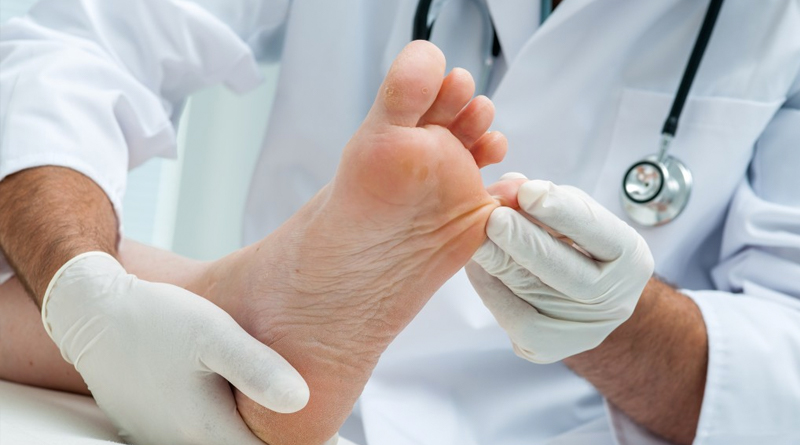
Foot Notes
January is the traditional time of year for grand new intentions. The calendar page turns and with it, so do our dreams and commitments to become a better self have a new starting date. By the time this is printed, many of us will have already messed up on our lofty designs of self-improvement. Do not despair!
“Think progress, not perfection.” (Ryan Holiday, U.S. author)
Diabetes is considered to be “an incurable condition”. With treatment, medication, correct diet and exercise, people with diabetes can lead reasonably healthy lives. But it is important to remember that it is a condition that can lead to chronic health problems and be fatal.
Spoiler alert. Some potentially upsetting statistics: There were a total of 44,430 lower limb amputations performed in Canada from April 1, 2006 to March 2012 (7,405 per year). Sixty five per cent of the lower limb cases were due to diabetes. (Author: Iman and others: Incidence of lower limb amputations in Canada. Statistics from the Canadian Institute for Heath, published in the Canadian Journal of Public Health, 2017).
So, what are we looking for when we examine any patient, or specifically a patient with diabetes?
When you visit a podiatrist there are many tasks that we do that you may not notice. New patients will complete a form. This is required by our professional licensing body, which asks for your name, date of birth. Some people are surprised that we ask questions about your health status, previous surgeries, and current medication. This information (kept private and confidential) helps build up a picture of your condition. This does affect our treatment plan for you.
How else do we build up a picture of you? By visual examination, touch and listening. You, the patient, will tell us a history of your condition. Some people seek out a podiatrist with a very specific inquiry. We will be listening to you, to find out the details of the problem, where it is, what caused it, how long it has been a problem. Simultaneously, we will be doing a visual and physical examination.
Visually we will check the foot and lower leg. We look at the skin, its colour (no racism here, just the health of the skin), the texture, the size: is the calf swollen, can we feel swelling beneath the skin? Touching the limbs (palpation) will tell us of temperature, temperature difference (are the toes colder than the ankle for example).
We all try to improve the pain of the patient that visits us. The general health of the lower limbs and feet are also checked at every visit.
Specifically, the diabetic daily checks should consider:
• Skin colour changes
• Rising skin temperature
• Swelling of foot or ankle
• Increased pain in legs
• Open sore on feet that are slow to heal
• Ingrown or fungal nails
• Bleeding corns and callus
• Dry cracks in skin
Please come in to see us if you feel that you have foot problems that we can help with.
It isn’t only in the New Year that we can make positive attempts to change. Ralph Waldo Emerson said, “The only person you are destined to be is the one you decide to be.” Be positive this year, make attempts to improve your health. Do it every day.
Dr Gillian Aldous is a podiatrist working at the Madison Square Orthorehab Clinic at Madison Square.

